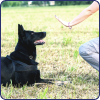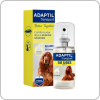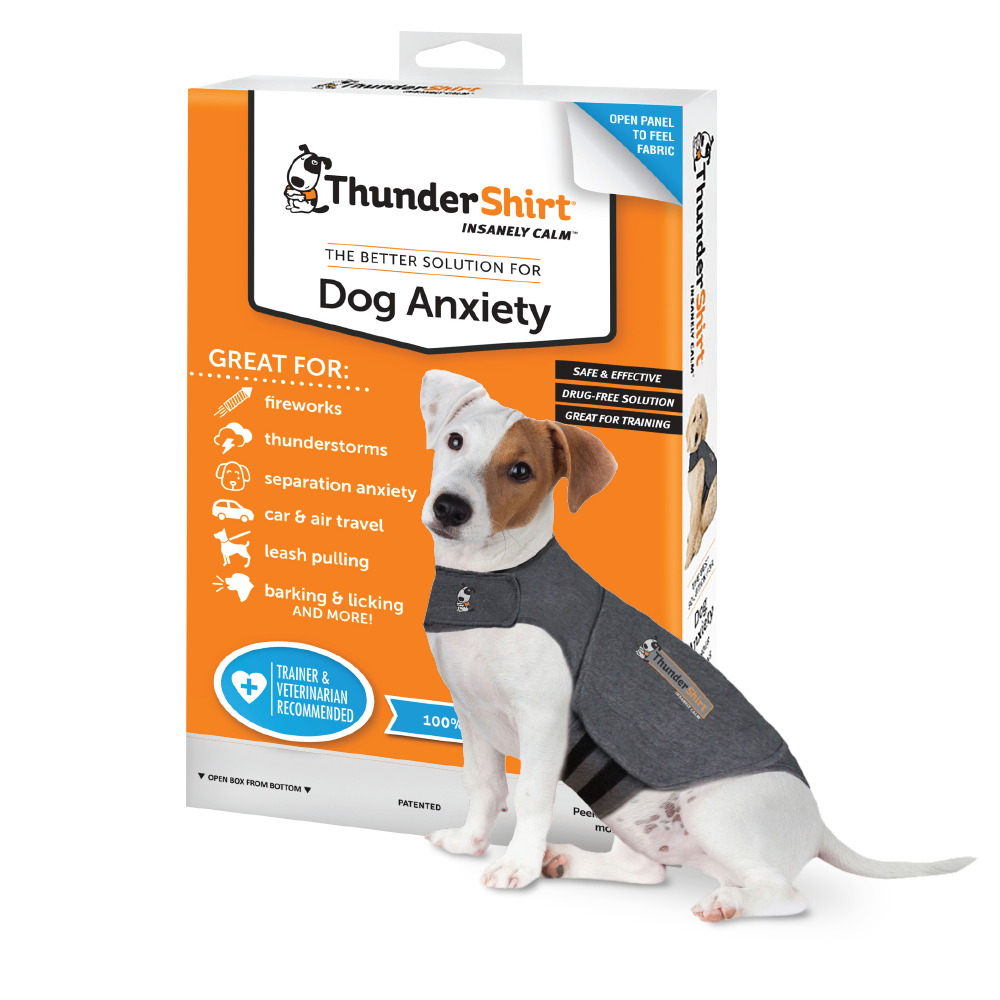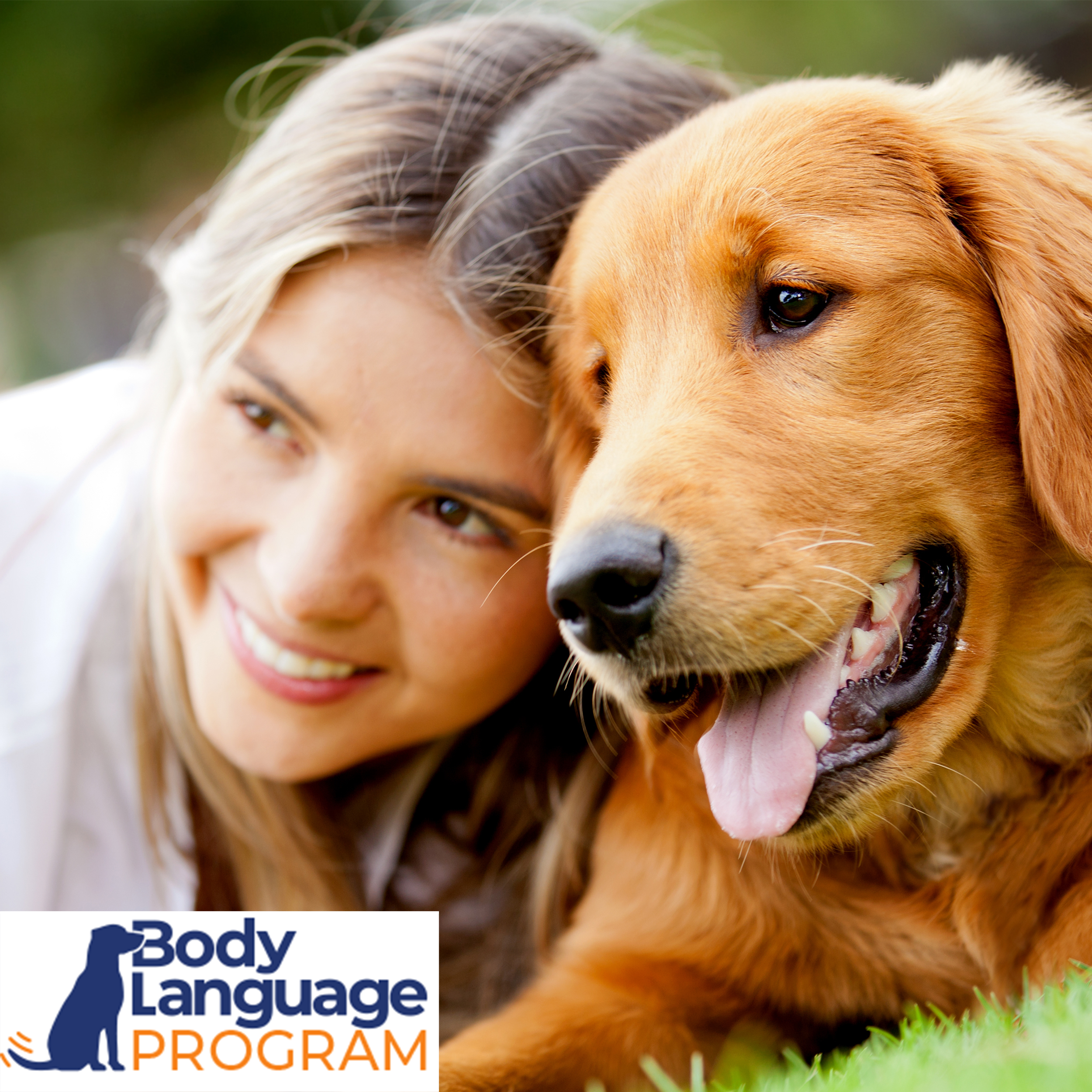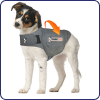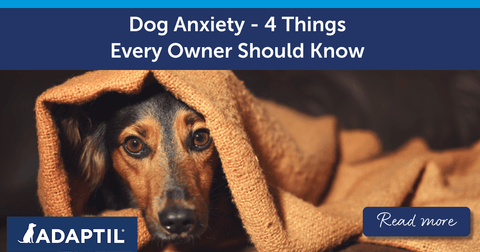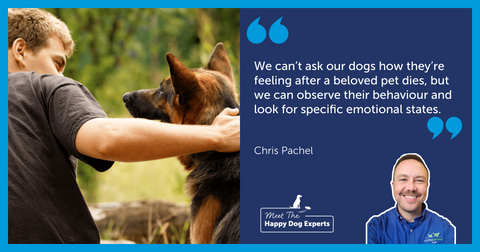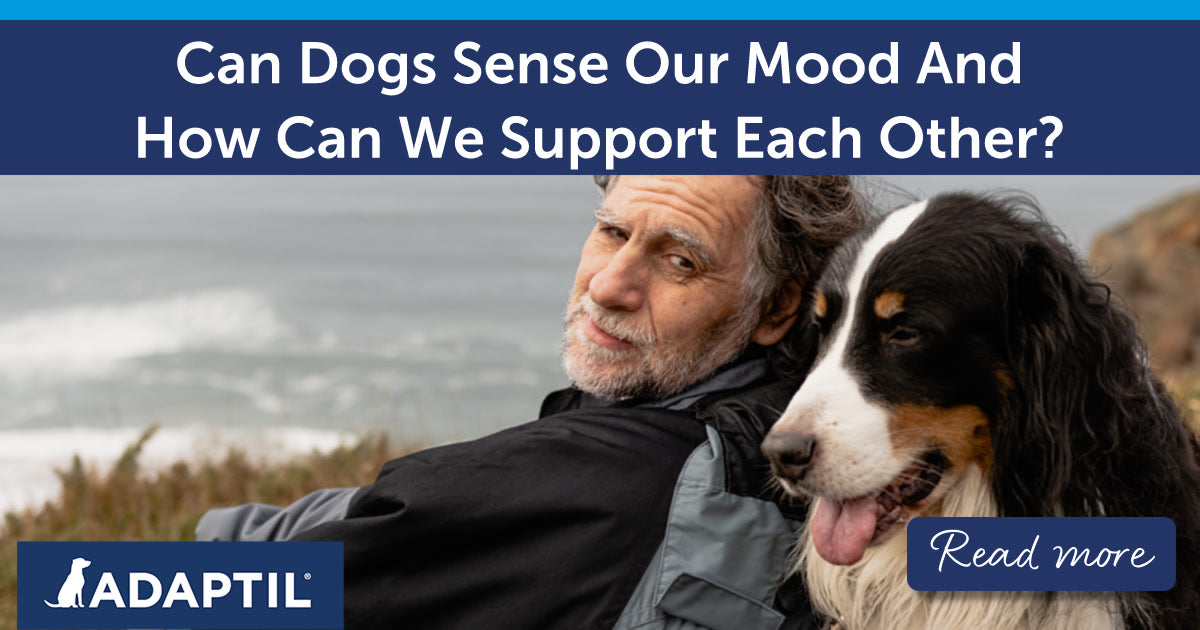
Can Dogs Sense Our Mood And How Can We Support Each Other?
Following Mental Health Awareness Week in early May, we thought we’d explore one of the more commonly asked questions that dog-parents love to ponder: just how well can dogs sense our moods? The answer is a fascinating one! The bond between humans and dogs is profound and complex in equal measure. We’re offering our insights into how dogs interpret our emotional states, plus sharing a few tips on how we can strengthen our emotional bond together.
The Sensitivity of Dogs to Human Emotions
As anyone who’s spent an extended period of time with their pooch will know, dogs are incredibly skilled at sensing and interpreting human moods. They do this using a variety of senses including sight, sound, and even smell, and can sense six basic human emotions: happiness, sadness, fear, anger, surprise, and disgust.

Visual Senses
Just one of the ways dogs can read human emotions is by watching our facial expressions. In fact, they’re so attuned to our faces that they can even tell the difference between a happy and angry face just from looking at a photo! Similarly, they can also spot changes in our body language such as how we move or in our posture.
Sense of Smell
Arguably the most remarkable way that dogs read our emotions, however, is through their amazing sense of smell. A dog’s sense of smell is so acute that they can detect chemical differences dependent on the mood a human is experiencing. For instance, studies have found that dogs exposed to sweat samples from people who watched scary movies showed higher stress levels than when exposed to samples from people who watched happy films.

Auditory Cues
This canine sensitivity is also thought to be audible as well as based on scent. After all, how we speak to our dogs matters too! Dogs process the emotion in our voices in a manner similar to humans, with positive tones processed on the left side of the brain and negative tones on the right. This shows that dogs have a sophisticated understanding of vocal emotional cues, highlighting the depth of the canine bond.
Understanding the Connection Between Humans & Dogs
Interestingly, a dog’s sensitivity also extends to their awareness of our attention. You might have noticed that dogs become more expressive when they know we are watching. One of the ways dogs exhibit this shared emotional language is by mimicking the emotions they perceive in us humans.
Try it out with your own four-legged friend: if you smile at them, does your dog’s body language become happy too? Now try a sad face or make a sound – does your dog’s behaviour change?

Therapy dogs are a great example of how this canine bond can be beneficial for humans and dogs alike. Therapy dogs respond to the emotions they witness in humans, offering support and comfort to individuals in schools, hospitals, and care homes. Of course, it’s important to not only consider how dogs can benefit humans in these situations but also the emotional wellbeing of the dogs themselves. We should never force them into situations they’re uncomfortable with. Instead, make sure they’re happy to be handled by people and in different environments before enlisting their therapeutic capabilities!
And remember, your dog can pick up when you are feeling stressed and can be a comfort, but we should offer the same level of support to our dogs. By understanding a dog’s body language, we can detect when they are stressed and make changes to help them feel more at ease. For instance, if you’re concerned your dog is feeling stressed or uncomfortable, try using an ADAPTIL Calm Diffuser. Simply plug this pheromone diffuser into an electrical socket in your home for up to 30 days of calm.
How To Strengthen the Human Canine Bond
If you’re wondering how you can boost the connection between humans and dogs, there are a number of activities you can take advantage of. Shared activities such as training, exercise, and play can be a highly effective way of having a meaningful experience together. These not only provide mental stimulation and physical exercise for your dog, but also offer opportunities for positive interactions, enhancing the emotional connection.

Don’t forget, the companionship of a dog comes with a huge range of benefits! These include:
- Unconditional Love: The affection from a dog can be enormously uplifting, boosting our happiness and general optimism. Eye contact with a dog can even increase levels of oxytocin - the love hormone associated with trust and affection!
- Reduced Anxiety: Simply being with, talking to, or petting a dog can have a calming effect, helping to soothe anxiety.
- Structure and Routine: A shared daily routine can create a sense of purpose and achievement for both humans and dogs, helping our shared emotional wellbeing.
- Social Opportunities: Having a dog can encourage all sorts of social interactions – from meeting fellow dog walkers to trips to the groomers – helping to maintain a healthy social network.
- Physical and Emotional Health: Regular walks and outdoor activities with a dog not only promote physical health but also provide an emotional lift.
Are you interested in learning more about dog behaviour or how you can boost the human and dog bond together? Get in touch! We love helping in any way we can. You can also stay informed with our latest tips, guides, and product information by signing up to our newsletter.




